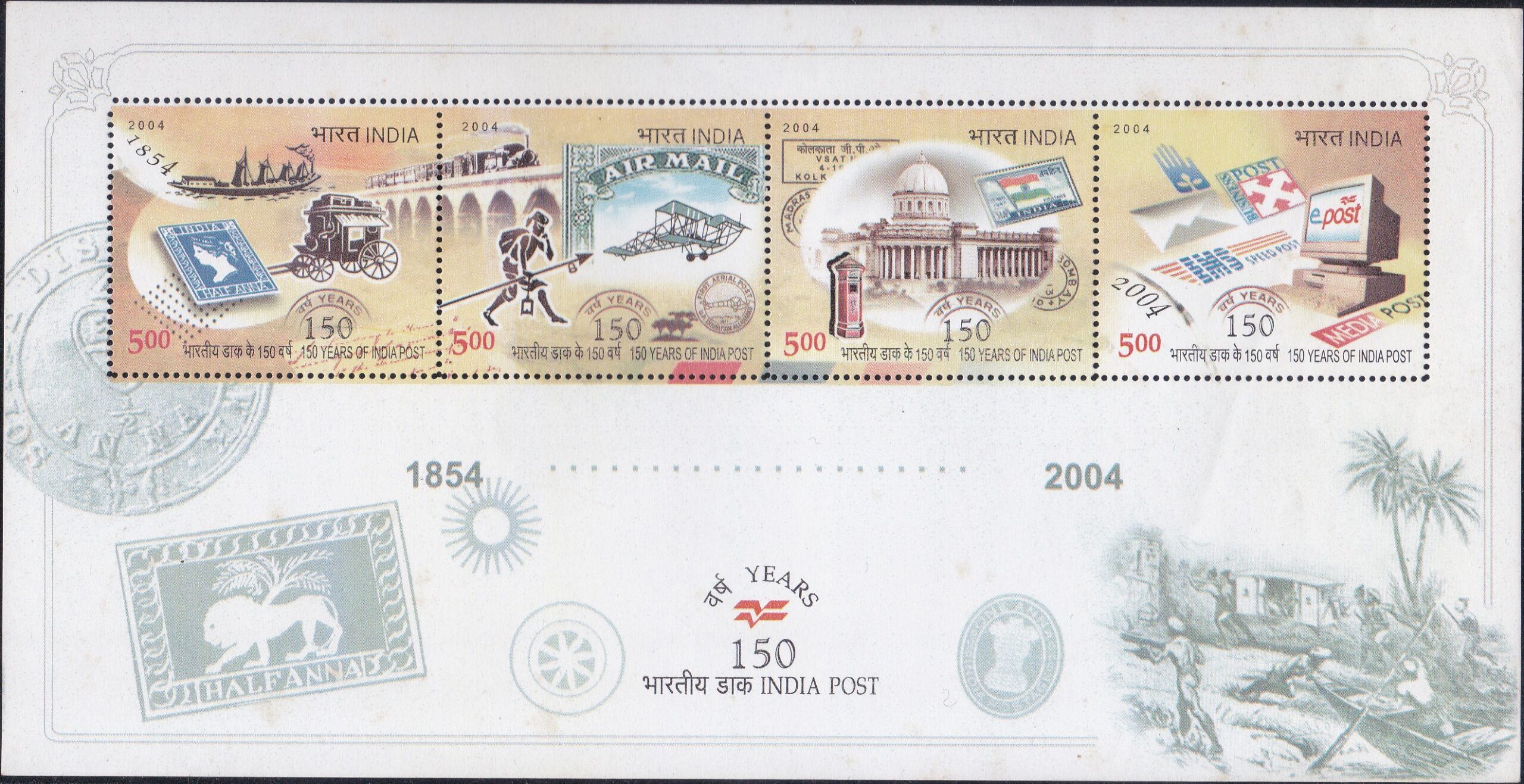
150 Years of India Post
A Miniature Sheet consisting of 4 nos of commemorative postage stamps on the 150 years of Postage Stamp in India :
Issued on Oct 4, 2004
Issued for : This set of four commemorative stamps marks the sesquicentennial year of the Department of Posts as it rededicates itself to the service of the nation.
Credits :
Stamp & FDC : Sankha Samanta
Cancellation : Alka Sharma
Type : Miniature Sheet, Mint Condition
Colour : Multicolour
Denomination : 500 Paise each
Print Quantity : 0.8 Million Each
Printing Process : Photogravure
Printer : India Security Press, Nashik
About :
- 1854 marks a watershed in the history of Post in India. On 1st October, 1854, India Post, as we know it today, was born with a skeletal network of 701 post offices under the control of a Director General. The Post Office Act of 1854 reformed the earlier postal system, providing total monopoly to the Government for the management of the Post Office and the exclusive privilege for conveyance of letters. The Railway Mail Service was also established in 1854, and a new sea mail service was introduced from India to Great Britain and China.
- On 1st October, 1854, the first postage stamp valid across the country was issued at an affordable and uniform rate of postage, fixed by weight and not by distance. For the first time the common man could use a facility which included free delivery of letters from door to door – a privilege previously enjoyed only by Heads of States and State officials. From this day forth, the Post Office touched the life of every citizen. Even though the British established the Post Office for imperial interests, it became, alongwith the Railways and the Electric Telegraph, one of the great engines of social development.
- The postal system in India is the synthesis of many influences. Its origins include elements of systems established from the time of the Mauryas, as also those established later by the British, the Princely States, the District postal systems and the Zamindari dak. The British Postal system in India was established by Lord Clive in 1776, and further developed by Warren Hastings, who established the Calcutta GPO in 1774. GPOs at Madras and Bombay followed in 1786 and 1793 respectively. The Post Office Act of 1837 united the Post Office organizations in all the three presidencies into one all-India Service. By 1908, of the 650 princely states, some of which were well developed with local postage stamps of their own, 635 states cast their lot with the Indian Post Office. The remaining 15, including those of Hyderabad, Gwalior, Jaipur and Travancore, merged only after independence.
- The Post Office is universally recognized as a facilitator of communication. The postal runner defied all odds – natural calamities, wild beasts, geographical terrain and bandits – in the discharge of his duties, to earn a place in the folklore of every region. However, what is less recognised is its pioneering role in retailing a diverse range of services through its vast network. In the mid nineteenth century, the post office served as facilitator of travel with its conveyance system, and by maintaining the dak bungalows and dak serais. Mail order services were started with the value payable system introduced in 1877, while fund remittances at the doorstep became possible from 1880 through money order services. With the introduction of the Post Office Savings Bank in 1882 banking facilities were accessible to all and by 1884 all Government employees were covered by the Postal Life Insurance. The post office has even been used to retail quinine and salt in public interest.
- The postal network of over 1,55,000 outlets is the largest in the world, and, arguably, the largest retail network in the country. Its capacity to handle financial transactions, its intimate knowledge of the local environment in any part of the country and its unparalleled access renders it an efficient, cost effective means of accessing customers everywhere. Today, the focus is on modernising and computerising the network to enhance its capacity to render various e-based services like e-post and value added premium services like Speed Post, Business Post etc. to meet the emerging needs of customers and also provide e-governance facilities. In this era of economic liberalisation, the post office is gearing itself to meet its social obligations as well as the challenges of the commercial, competitive environment.
- India Post today is a blend of tradition and modernity, playing the role of a catalyst for social change. It has knit the country together by facilitating education, trade and industry and by breaking down social barriers – an integrator in a fractured world. Its philatelic stamps have showcased the best facets of India to the world.
- Text : S.C. Barmma, Director (vigilance).


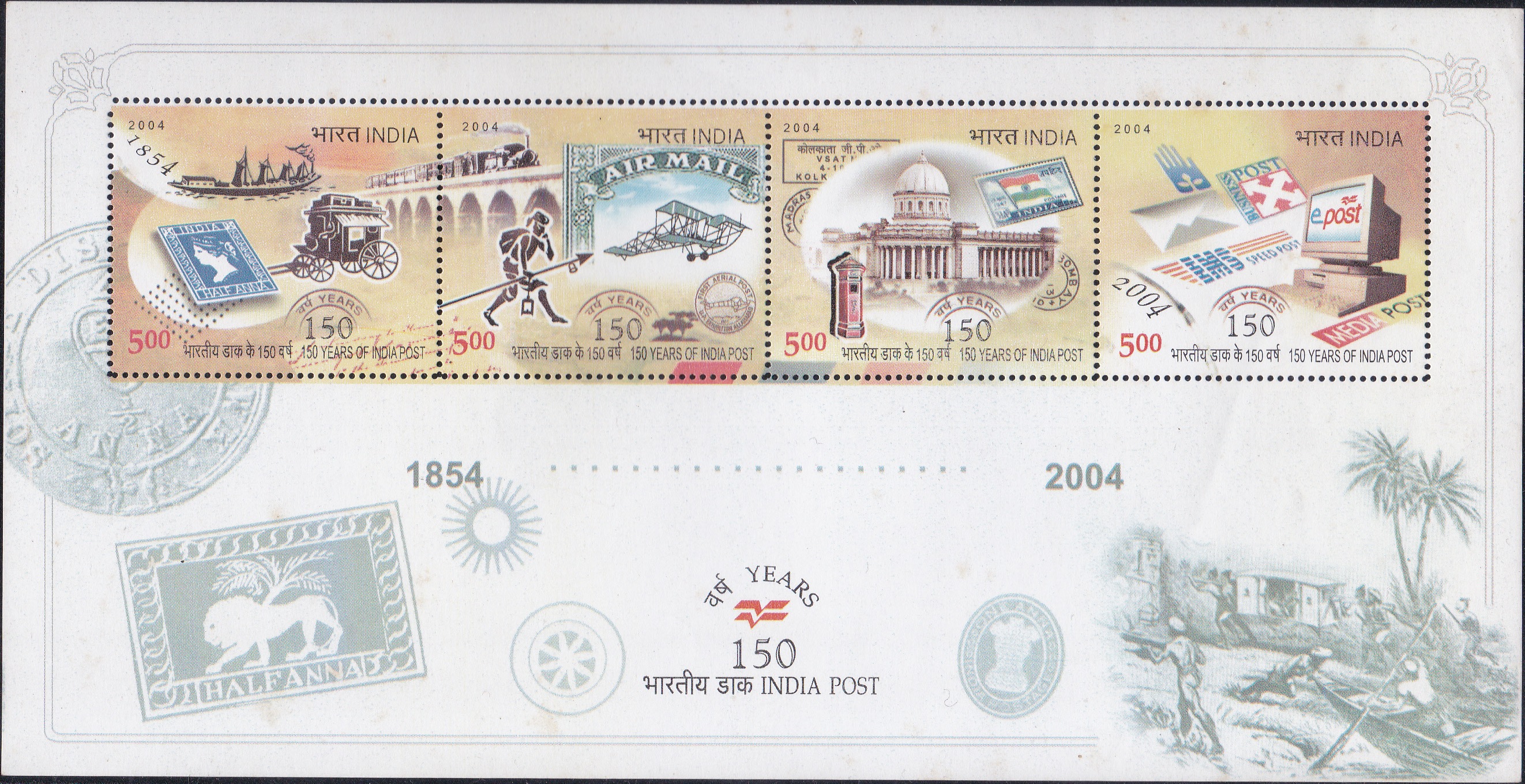
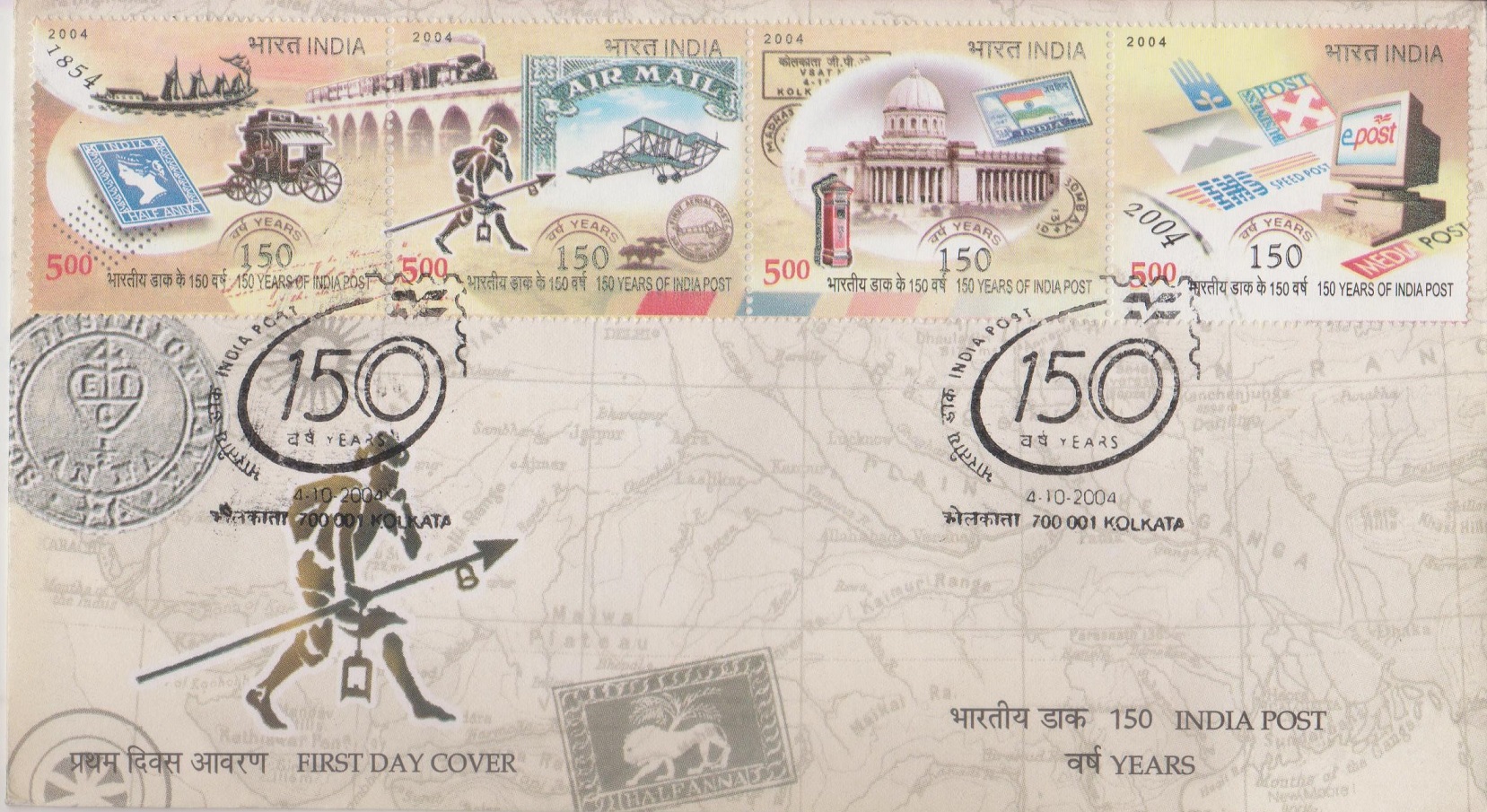 Issued by
Issued by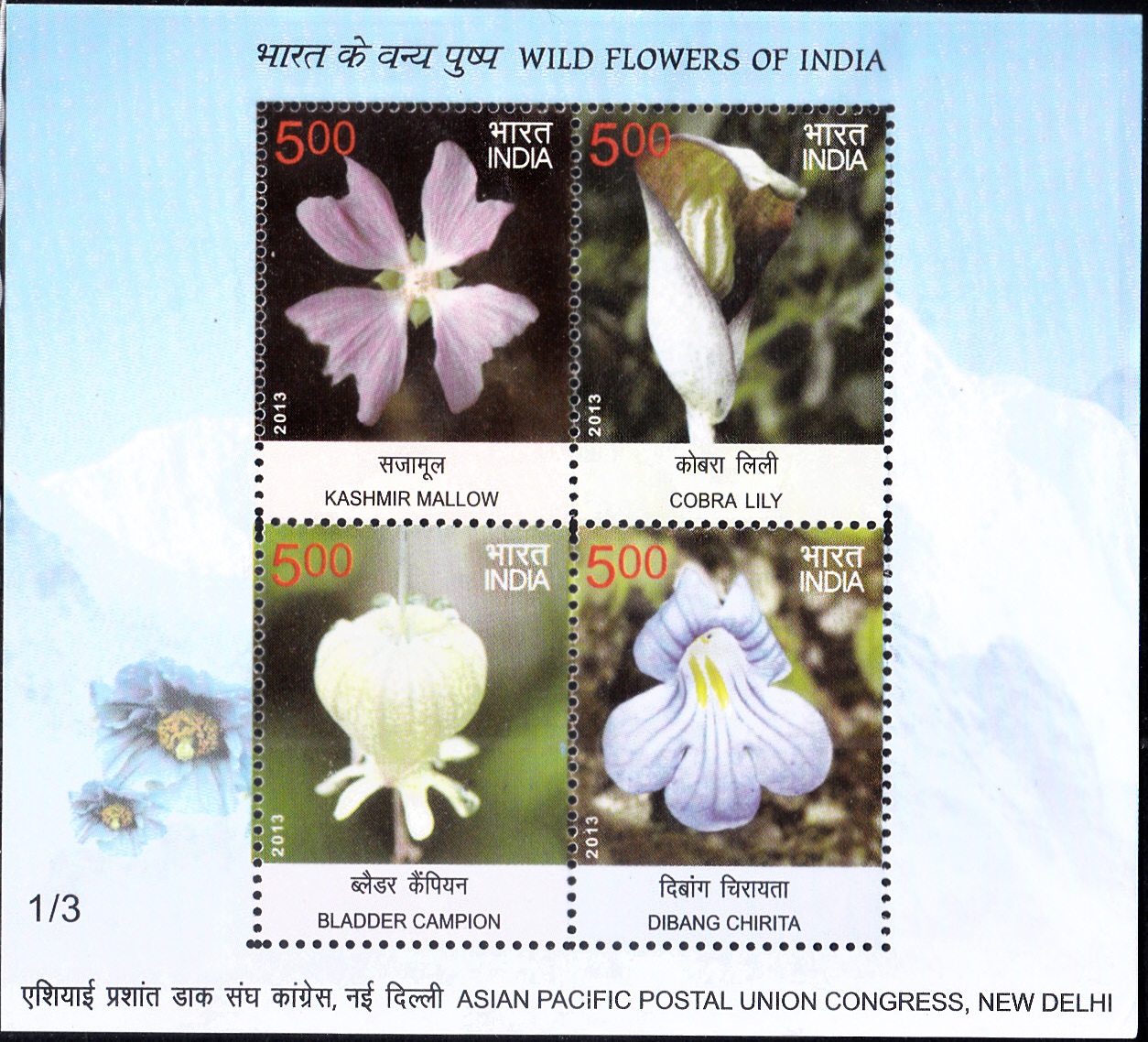
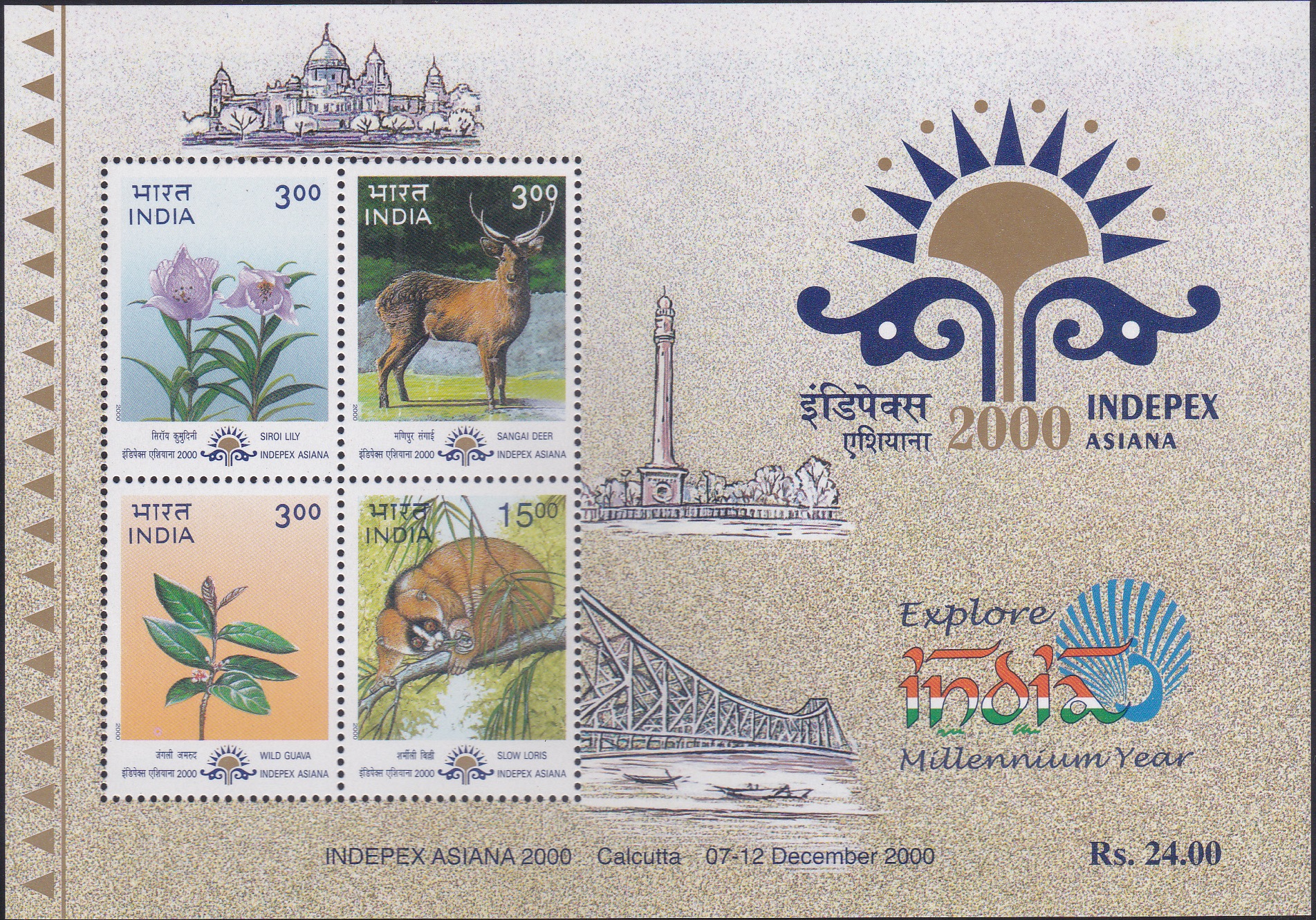
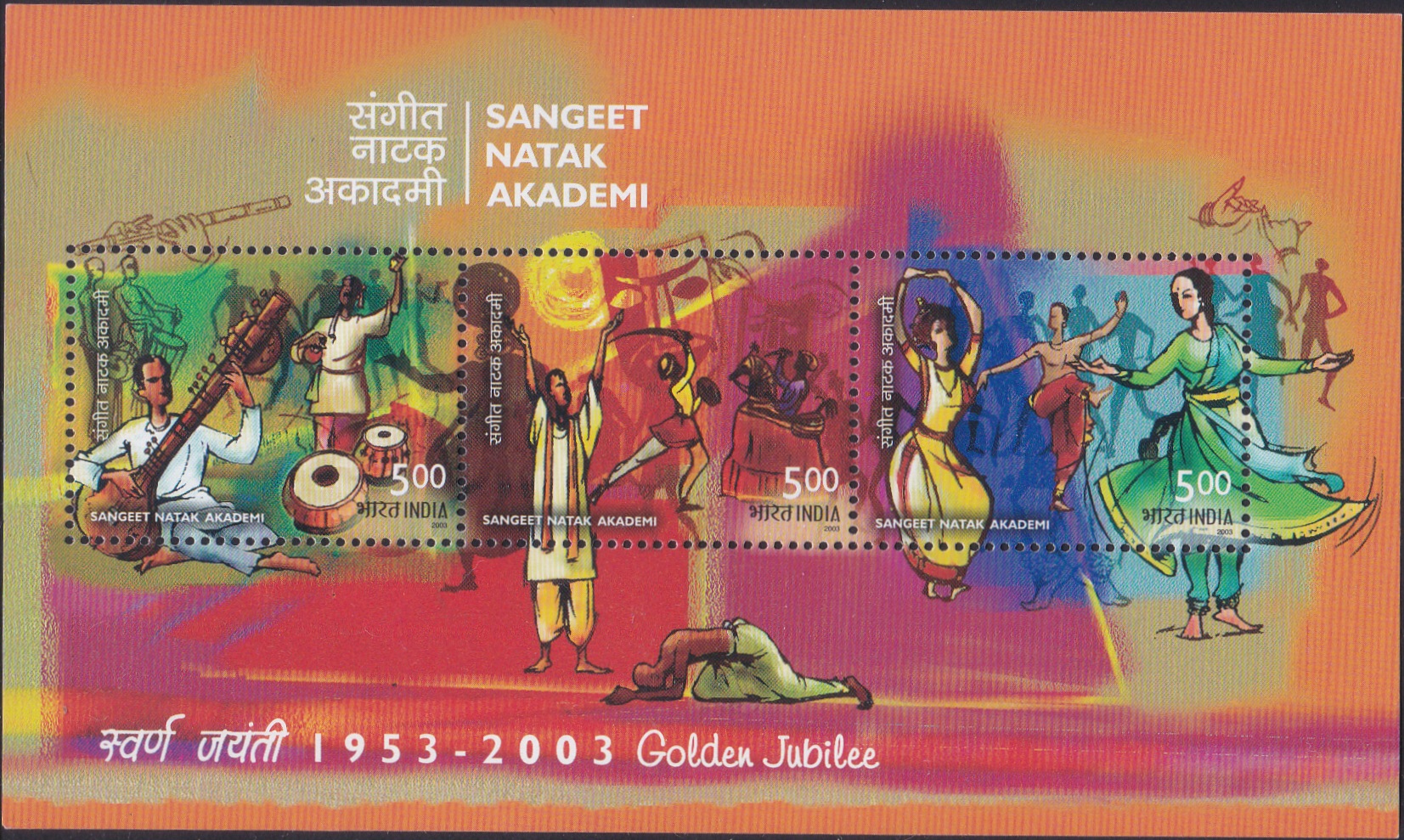
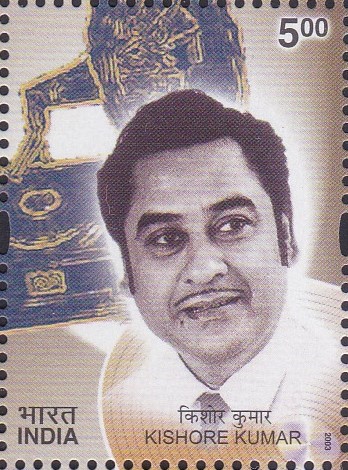
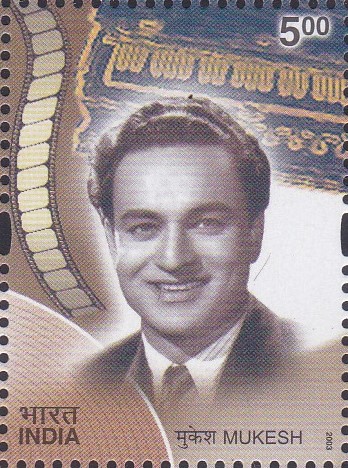
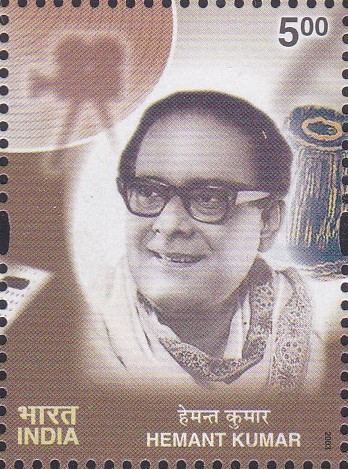
very wonderful
[…] Department of Posts is pleased to release a set of 24 Commemorative Postage Stamps on the following four categories of Indian Cuisines in the form of Sheetlets and Miniature Sheets: […]
[…] programme a number of communication experiments are being carried out in cooperation with Posts and Telegraphs, Doordarshan, TIFR and […]
[…] cash handling and savings mobilization, the India Post Payments Bank (IPPB) is being set up by the Department of Posts which will bridge the gap in financial […]
[…] it is considered as sign of valour and to secure its pride and honour is seen as an act of bravery. Department of Posts is bringing 16 stamps on Headgears of different parts of the country to celebrate the invaluable […]
[…] year Department of Posts has been wishing everybody by bringing out different issues during New Year, either as New Year […]
[…] Department of Posts has been issuing the Seasons’ Greetings from time to time since 1990, and carrying out the role […]
[…] Department of Posts is delighted to release a set of six stamps on following varieties of […]
[…] Department of Posts is issuing a set of four Commemorative stamps to mark this prestigious event. The stamps are a stylized portrayal of sportsmen engaged in Badminton, Shooting, Wrestling and Boxing where India got medals in the past edition of Olympics. […]
[…] is the culmination of the celebrations connected with epoch-making events in the history of Indian Post Office. The year 1979 saw the completion of hundred years of postcard service and fifty years of scheduled […]
[…] Department of Posts, Govt. of India is bringing out a series of postage stamps to herald INDIA–89 World […]
[…] am glad to know that the India Posts and Telegraphs Department is releasing a special postage stamp on Independence Day to commemorate the work done together by […]
[…] India Post, to create awareness on the tigers which are one of the most endangered species in the world and also on the verge of extinction, conducted ‘Design a Stamp’ contest with the theme to save “The Tiger” on 12.12.2010 as one of the special events of INDIPEX 2011. […]
[…] Year, India Post organises ‘Design a Stamp’ contest and winning entries are selected for depiction on […]
[…] India Post, like previous years had organized all India Stamp Design Competition for children with the theme ‘India of my Dreams‘. The competition was held through out the country for school children. From each Postal circle, corresponding with states, except North East, best three paintings were entered in national selection process. Selection of first, second and third was made by a Selection Committee and these paintings were utilized for designing stamps, First Day Covers, brochure for Children’s Day stamp. […]
[…] also threw open the facility for public use by making it a public utility organisation. The Indian Post Office, as we know it today, came to be recognised as a separate organisation […]
[…] India National Philatelic Exhibition (INPEX-77) being organised by the Indian Posts and Telegraphs Department from October 12 to 16, 1977 at Bangalore is the third one of its kind, the first and second […]
[…] India National Philatelic Exhibition (INPEX-75) being organised by the Posts and Telegraphs Department from December 25-31 at Calcutta is the second one of its kind, the first having been held in New […]
[…] Department of Posts had celebrated the achievements of the paper by issuing a stamp on completion of 150 years of its existence in the year 1988. The Times of India has now completed 175 years by amalgamating the newspaper with cutting-edge digital technology. […]
[…] India Post has featured some of its landmark post office buildings on postage stamps over the years. This year, India Post celebrates the 100 years of Mumbai G.P.O. and Agra H.P.O. buildings. […]
[…] : Department of […]
[…] India Post, a network of 1.59 lakh post offices, spread across the length and breadth of India, is mandated to provide doorstep mail delivery to every Indian. Locating 25 crore households in an area of 32.87 lakh sq. km makes this task both challenging and exciting. It requires professional mail management and a scientific system to ensure timely deliver of mail. […]
[…] Department of Posts is bringing the history of gradual progression in the modes of transportation in country through 20 […]
[…] Trainees from organisations like Railways, Defence, MP Electricity Board, Vihaan Networks, Department of Posts, IIITDM Jabalpur, IIIT Allahabad, Infosys etc. have taken training in the institute. BRBRAITT is […]
[…] in the times of crises. Literature is the vehicle through which people’s culture is transmitted. Department of Posts is bringing stamps on five such authors who have contributed significantly in this […]
[…] in the times of crises. Literature is the vehicle through which people’s culture is transmitted. Department of Posts is bringing stamps on five such authors who have contributed significantly in this […]
[…] in the times of crises. Literature is the vehicle through which people’s culture is transmitted. Department of Posts is bringing stamps on five such authors who have contributed significantly in this […]
[…] in the times of crises. Literature is the vehicle through which people’s culture is transmitted. Department of Posts is bringing stamps on five such authors who have contributed significantly in this […]
[…] in the times of crises. Literature is the vehicle through which people’s culture is transmitted. Department of Posts is bringing stamps on five such authors who have contributed significantly in this […]
[…] Kendras, as well as providing access to a number of external stakeholders viz. Immigration, Police, India Post, India Security Press and Embassies/Consulates […]
[…] IPPB is creating infrastructure at the last mile to strengthen and deepen DBT. The association with India Post and the Dakiya infuses trust and confidence amongst users to try out electronic banking, including […]
[…] India Post and Slovenia Post have come together to issue a set of stamps, based on the prize – winning entries of Painting Competitions for children, organized by the two countries separately. […]
[…] Department of Posts is commemorating the relations between two countries with the release of a Souvenir Sheet portraying the Qutub Minar and Tokyo Tower. […]
[…] Text : Department of Posts. […]
[…] India Post is paying a tribute to the pristine beauty of twelve of its rare and beautiful wild flowers by issuing a sheetlet of stamps and three miniature sheets. […]
[…] India Post is bringing out a series of postage stamps to herald INDIPEX 2011 – World Philatelic Exhibition to be held in New Delhi from 12th to 18th Feb. 2011. The 1st set of six stamps is on postal heritage buildings. […]
[…] provides efficient and cost effective means of catering the various services to the public. India Post today represents both tradition as well as modernity. Post Office has become a mark of continuity […]
[…] after losing his beloveds. He toiled hard for his livelihood, did tuition and worked in the Postal Department. He decided to leave the Government job and in 1903 when he was only 20 years old, his uncle […]
[…] and guaranteed mail delivery service. India joined the network when Speed Post was launched by the Department of Posts on 1st August, 1986. Commercial and industrial expansion here has generated a new customer need to […]